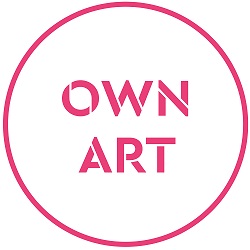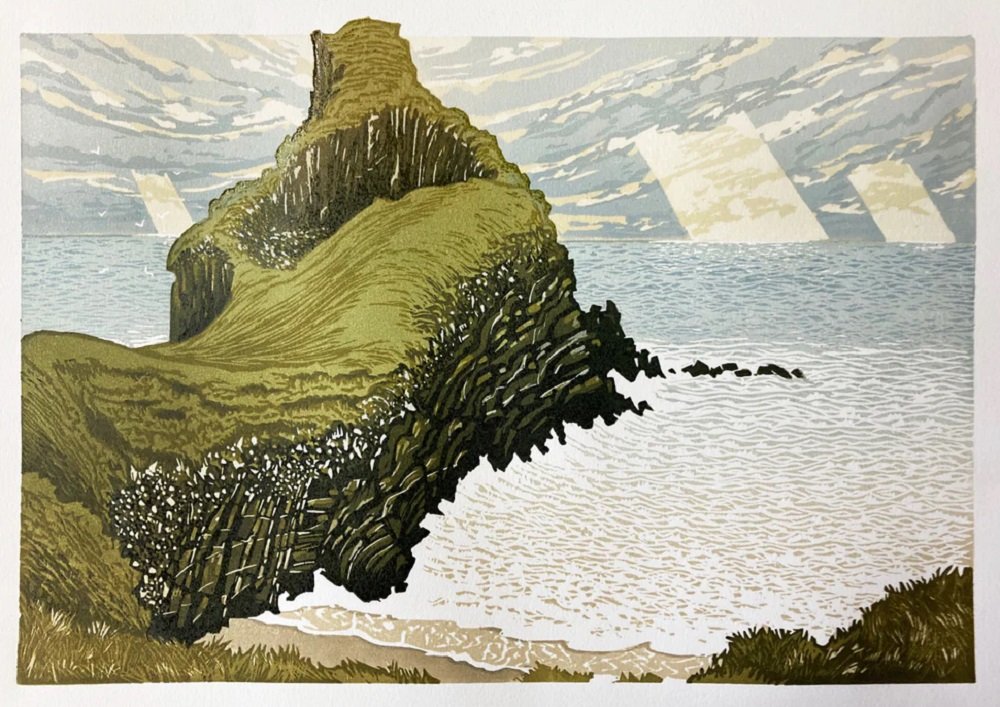Ian Phillips
A chance encounter with a small book of ‘Hiroshiges 53 stages of the Tokaido’ woodcuts, whilst studying Illustration at Leicester Polytechnic, seduced me into the world of relief print from which I never escaped. I've been trying to catch the delicate sensibilities of seasonal weather and the dramatic natural compositions of Japanese prints ever since. I taught myself lino cut reduction printmaking while working as a freelance Illustrator in London.
In 2001 I moved to Wales to concentrate on the landscape and becoming a better print maker. I have now been working with lino for over thirty years and have exhibited widely across the country as well as at The Mall Galleries, London, and in Hong Kong and the US. I recently had a very inspirational residency to the Djumbunji Print studio, Cairns, Australia, which has added an extra dimension to my printmaking and lead to the work in the Bestiary series.
I have also been a demonstrator at Art in Action, Oxford where I met Merlyn Chesterman, a chance meeting which lead to the exciting collaboration which is Pine Feroda and the production of the large scale woodcuts for which Pine is becoming well known.
More recently Pine Feroda had a fascinating trip to The Purple Bamboo studio at the China Academy of Arts in Hangzhou, China. We learnt the art of Chinese water woodcut with Professor Wang Chao. We will see what affect this trip has on my practice.
My printing process today still starts with a walk and a sketchbook as it’s always done. Following lonely trails over empty hills, down twisting forests tracks, or along cliff side paths looking for complete compositions full of pattern and texture. Catching the subtleties of weather and the natural drama of the landscape. These line black and white drawings are then taken back to the studio enlarged and traced onto a lino sheet.
This is when the process becomes all about pattern. The print may begin as a simple scribble in a sketchbook but as soon as you start on the lino, the process becomes about gouging and cutting marks. These marks then become a picture through creating pattern, texture and decoration. Once the cutting is done the work with ink, rollers and colour begins.
Don’t hesitate to email us on info@cambridgegallery.co.uk or call us on 01223 324222 if you have any questions about specific pieces.






